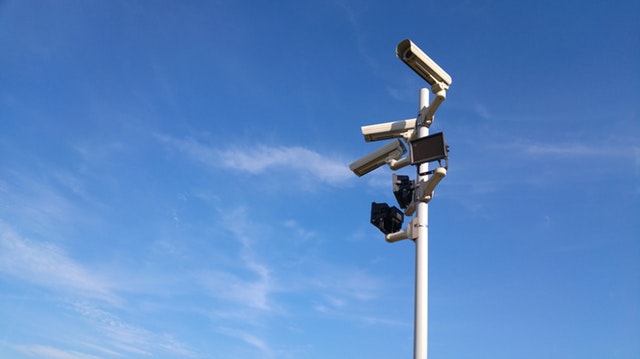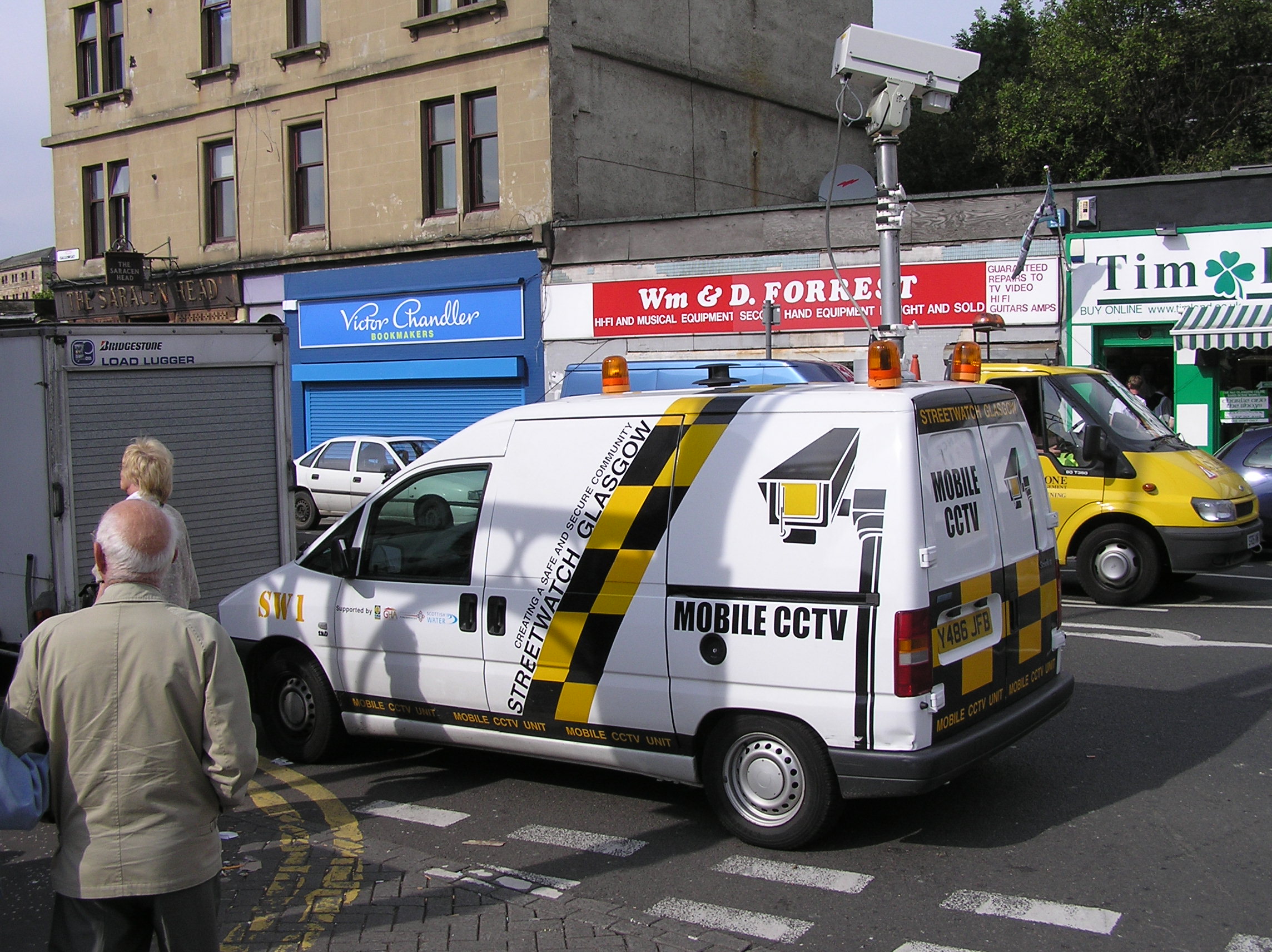Also known as ANPR, Automatic Number Plate Recognition is a technology that allows authorities to read the number plates on a vehicle. The reading is done via high-quality CCTV cameras installed in strategic points on the streets in order to check for various crimes like theft, damaged goods, untaxed vehicles, and so on.

Even more, the ANPR can also be used to disrupt criminal activity and identify crime groups and terrorists while they use vehicles. There are about 8500 cameras on the UK roads with the sole task of monitoring the vehicle movement and they manage to capture and process around 25 to 35 million records each day.
However, not all records are being processed so, to make sure data won’t be lost, the UK law enforcement authorities have the right to store all the images captured by the CCTV cameras for up to two years. Everything is stored in the National ANPR Data Centre and images can be used as evidence if they can be useful in an investigation. Until recently, the NDAC database is thought to contain over 17 billion images, which makes it one of the largest in the world (if not the largest).
Is this Necessary?

We know that it may seem like a tremendous invasion of privacy, but given that the roads are considered public access, the law enforcement agencies don’t break any rules. The ANPR’s sole purpose is to ensure everyone is following the law in order to keep everyone in traffic safety.
So, if you feel a bit weird knowing that there’s a network of high-definition cameras out there, pointed at the public roads, it’s normal. However, it is also necessary as they helped reduce crime and traffic problems for the last few years.
If you’re still fussy about this, take a look at how the police and the DVLA handle the data obtained via the ANPR system. It’s also useful to know that the system takes two images of every vehicle:
- One focused on the number plate
- One with the entire vehicle so you can see the driver.
Each image stores details on the time, date, and location of the image.
The images are often used to identify suspect vehicles and drivers by crosschecking the information with the lists from the Police National Computer. But this is not the only crosschecking of data done by the authorities. You can also identify uninsured drivers by comparing the data against the ones provided by insurers, or flag vehicles without a valid MoT certificate.
Illegal Personalized Plates
Personalised plates are also read and checked by the ANPR system and this is why drivers must be very careful when they decide to make a purchase. There are several important rules that plates need to follow in the UK and any deviation can lead to huge fines.
The best way to make sure you won’t have problems with the authorities is to purchase DVLA number plates, but if you want a specific combination, it may not be available anymore. This usually leads to a dealer or a private owner which is why you have to check if the plates follow the law first.
If you decide to go to a dealer, check if they are authorized to sell private number plates (there is a special register where all authorized dealers are listed). When it comes to a private buyer, the person must show you proof that they own the plates and have the right to sell them.
The Fine Line
The ANPR system is quite basic, but the data obtained are powerful. After all, it is a Big Brother system hanging over our heads. So where is the line?
Well, there isn’t any line since, if you’re using the roads, your image will be taken at a certain point. Still, as long as you’re following the law and don’t miss out on your insurance, you shouldn’t raise any flags. The system is indeed effective, especially now that the law enforcement authorities started to embrace new technologies.
We should also consider that we can sleep better at night knowing that our streets are safer and better guarded because of the ANPR system. So, it is the time to adapt to the reality of our modern life and continue living our lives in a safer environment.
You can also stay updated by subscribing to iTechCode.